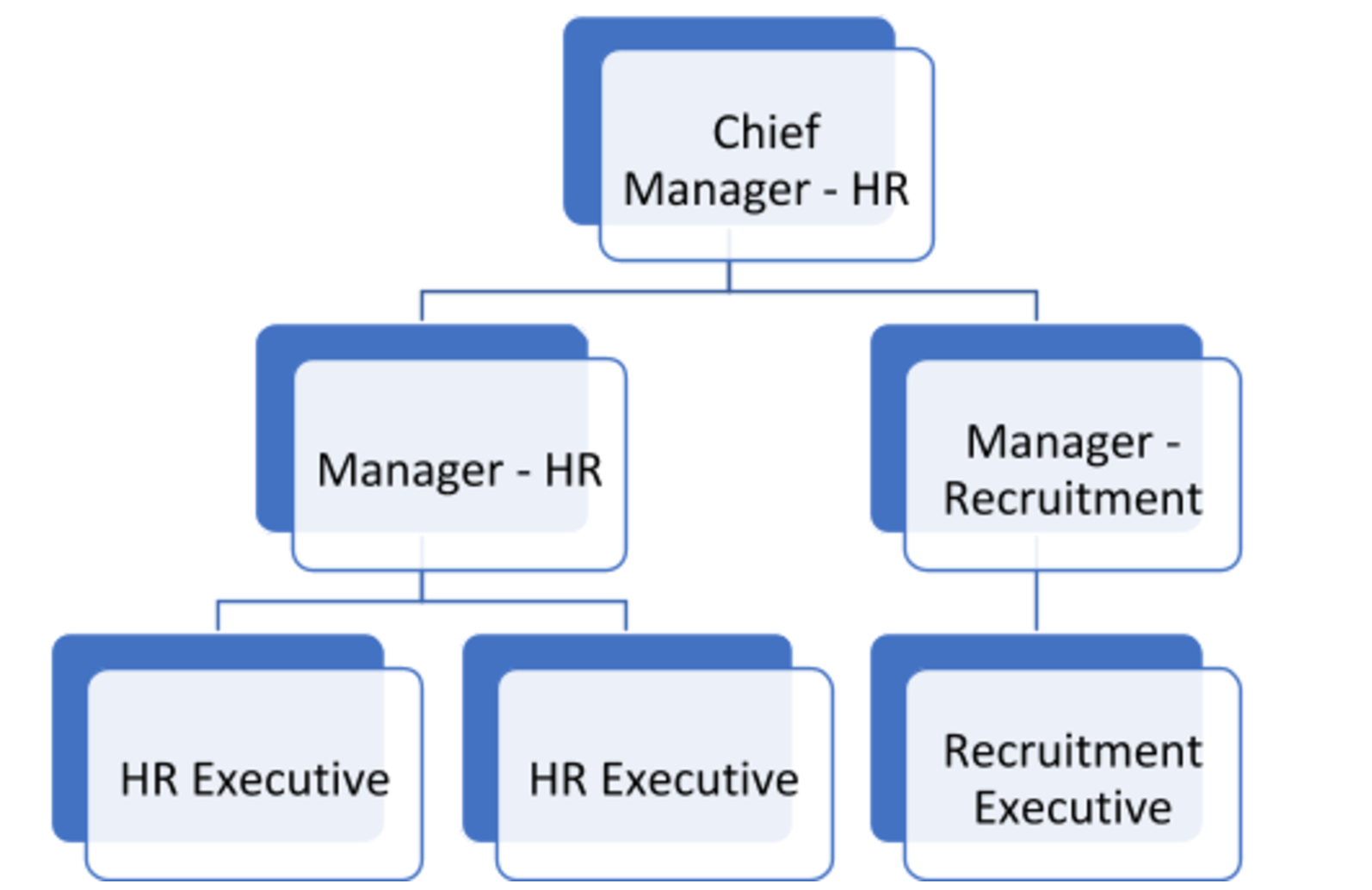 Welcome to our tutorial on SAP organizational management structures in HR. All SAP organizational management structures are built simply through the creation of objects and relationships between these objects. The purpose of this tutorial is to explain the three most significant structures that can be defined: Organizational Structure, Reporting Structure and Staff Assignments.
Welcome to our tutorial on SAP organizational management structures in HR. All SAP organizational management structures are built simply through the creation of objects and relationships between these objects. The purpose of this tutorial is to explain the three most significant structures that can be defined: Organizational Structure, Reporting Structure and Staff Assignments.
We further discuss the relationships of these structures in our overview tutorial on SAP organizational management. For more reading on SAP HCM topics, browse through our free SAP HR course.
Organizational Structure
The organizational structure represents the functional structure of an organization. The relationship of this structure is organizational unit to organizational unit.
Most companies have an organizational chart in place even before they implement the SAP HCM module. This organizational chart reflects the segregation of tasks in the enterprise. The level of detail that should be incorporated into the organizational chart is a strategic HR decision. For example, while some companies use it to depict the structure of business units and departments, others drill down further to segregate project teams within a department.
In the sample organizational chart below, we have depicted a simple organizational structure:

Each square in the above figure represents an organizational unit of the enterprise. The top-most organizational unit, XYZ Ltd., is called the root organizational unit. The root organizational unit usually represents the parent company. In this example, the next level depicts the departments of the organization. The lowest level depicts the teams within the HR department. Please note that a real organizational chart would be much more complex.
Now, let us represent the above structure in terms of relationships between organizational units. We can identify the following relationships:
- XYZ Ltd. is line supervisor of HR
- XYZ Ltd. is line supervisor of Finance
- XYZ Ltd. is line supervisor of Manufacturing
- HR is line supervisor of Talent Management
- HR is line supervisor of Time and Attendance
- HR is line supervisor of Payroll
The corresponding inverse relationships are:
- HR reports to XYZ Ltd.
- Finance reports to XYZ Ltd.
- Manufacturing reports to XYZ Ltd.
- Talent Management reports to HR
- Time and Attendance reports to HR
- Payroll reports to HR
Hence, we see that the organizational structure is nothing but a network of relationships. Correctly defining these relationships in SAP is of the utmost importance. For this reason, it is recommended that you whiteboard your organizational structure before creating it in SAP.
Reporting Structure
The next of the SAP organizational management structures up for discussion is the reporting structure. The reporting structure leverages position to position relationships. By creating relationships between positions, we can depict SAP organizational management structures in terms of A (reports to) or B (is line supervisor of) relationships.
In the sample organizational chart below, we have depicted a simple reporting structure:

Each box in the above example depicts a position. The below relationships exist between these positions:
- HR Executive (2 positions) reports to Manager – HR
- Recruitment Executive reports to Manager – Recruitment
- Manager – HR reports to Chief Manager – HR
- Manager – Recruitment reports to Chief Manager – HR
The inverse relationships are:
- Manager – HR is line supervisor of HR Executive (2 positions)
- Manager – Recruitment is line supervisor of Recruitment Executive
- Chief Manager – HR is line supervisor of Manager – HR
- Chief Manager – HR is line supervisor of Manager – Recruitment
Business workflows will typically be designed such that the approver is identified based on reporting structure. Consider the basic requirement of leave approval workflow. In our example above, if the employee holding an HR Executive position applies for leave, the workflow will determine the approver as the immediately higher level of the reporting structure. Thus, the approver will be the employee holding the Manager – HR position.
Practically speaking, business workflow requirements vary considerably from one organization to another. Even within an organization, workflows usually vary from one business process to another. However, if the reporting structure is up-to-date, it serves as a reliable basis for the design of workflows.
Staff Assignments
Staff assignments are the most detailed of the SAP organizational management structures. They include the assignment of positions to organizational units as well as the assignment of people, or holders to positions. Therefore, in a single view, you can see the hierarchy of organizational units, as well as positions and employees within those organizational units.
Build this structure by creating position to organizational unit relationships and person to position relationships.
Position to Organizational Unit Relationships
A position can be assigned to an organizational unit A (belongs to) or B (incorporates) relationships, depending on whether the relationship is bottom-up or top-down. The A relationship between a position and an organizational unit can be interpreted as, “The position belongs to the organizational unit”. The inverse B relationship between the organizational unit and the position can be interpreted as, “The organizational unit incorporates the position”.
You can also designate a position as the chief position of an organizational unit by assigning a particular relationship between them. The A relationship between the chief position and an organizational unit can be interpreted as, “The position manages the organizational unit”. The inverse B relationship between the organizational unit and the position can be interpreted as, “The organizational unit is managed by the position”.
Person to Position Relationships
The holder relationship is used between a person and a position.
In the sample organizational chart below, we have depicted a simple staff assignment structure:

Here we see the Human Resources organizational unit which has three subordinate organizational units – Talent Management, Payroll and Time and Attendance. The Human Resources organizational unit also has one position, Chief Manager – HR, directly under it. This position is occupied by the person Dirk Dennis.
We can also see that the Talent Management organizational unit has one position, Manager – Talent Management, directly under it. This position is occupied by the person Alice Yang.
Likewise, the Payroll organizational unit also has one position, Manager – Payroll, under it. This position is occupied by the person Kathy Park.
Furthermore, the Time and Attendance organizational unit has one position, Manager – T & A, directly under it. You can deduct from the structure that this position is currently unoccupied.
—
Did you like this tutorial? Have any questions or comments? We would love to hear your feedback in the comments section below. It’d be a big help for us, and hopefully it’s something we can address for you in improvement of our free SAP HR tutorials.
Navigation Links
Go to next lesson: SAP HR Simple Maintenance in Expert Mode
Go to previous lesson: SAP Organizational Management Overview
Go to overview of the course: SAP HR Training
